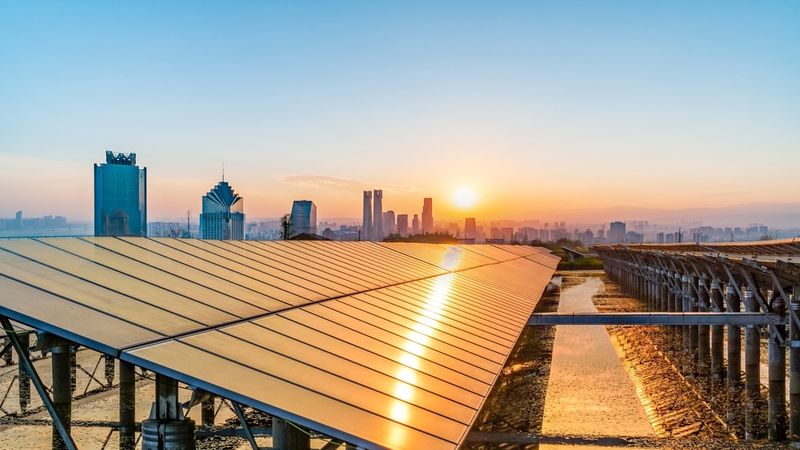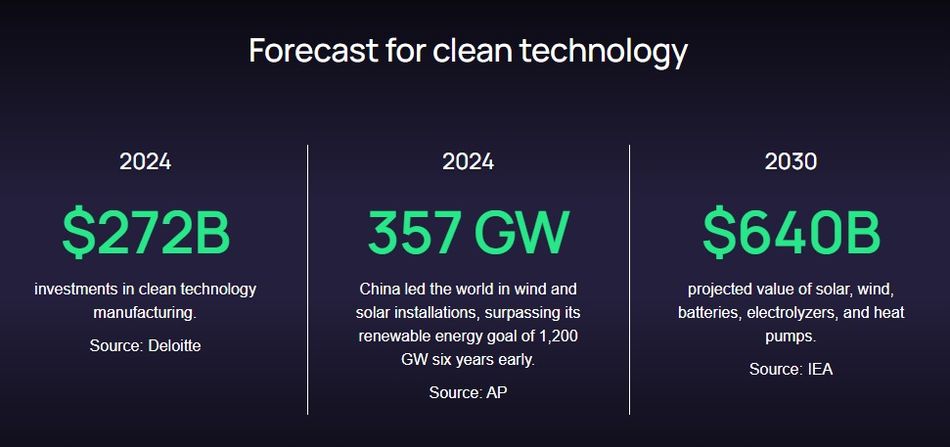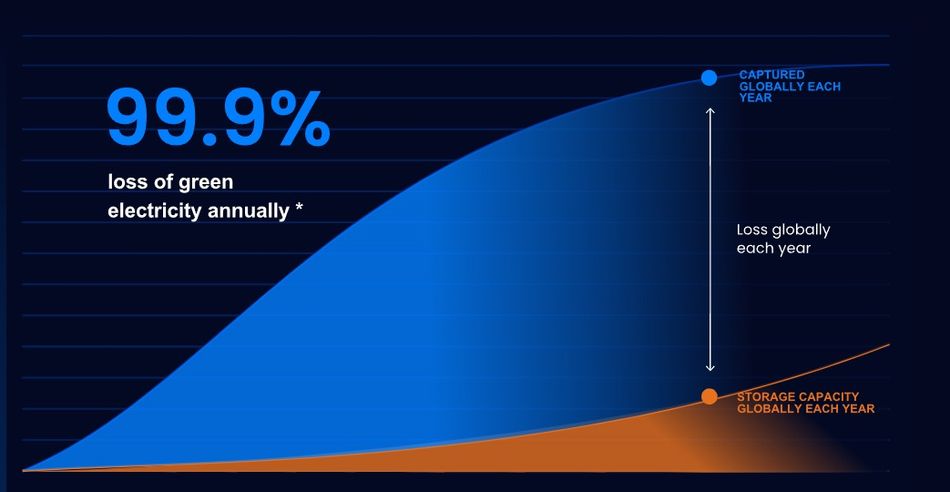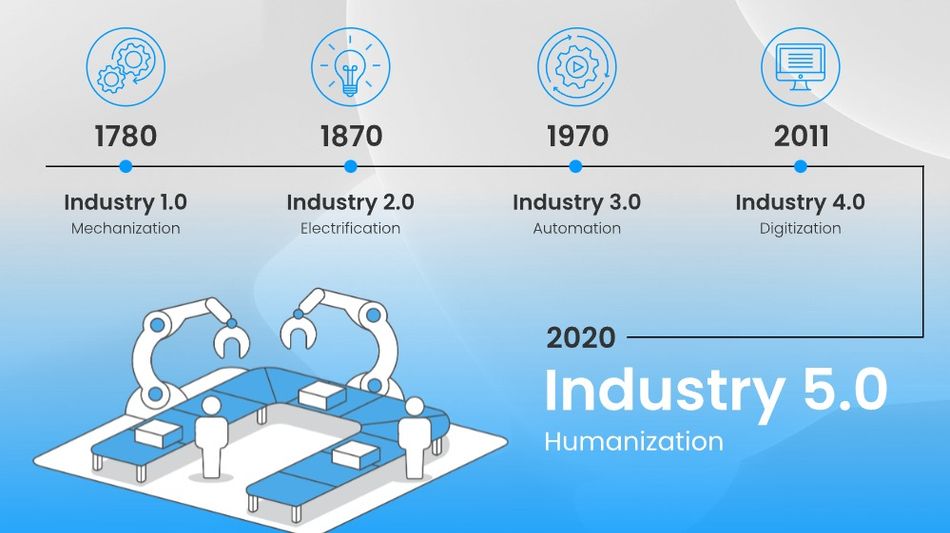Empowering Clean Tech Through Innovation: A Wrap-Up of Mouser's EIT Series
The EIT series encompasses a range of technologies, with each installment focusing on specific engineering challenges and how sensor integration, power optimization, and design-for-sustainability principles are reimagining sustainable electronics from the ground up.
Clean technology requires a departure from traditional linear thinking about product development. The environmental impact of a technology is not determined solely by its function but by how it integrates into the broader ecosystem of power distribution, data processing, and environmental feedback. That’s why Mouser’s Empowering Innovation Together (EIT) series provides a cross-disciplinary perspective on clean tech.
Sustainable outcomes are only achieved through component-level design decisions, system integration, and attention to lifecycle efficiency. The EIT series encompasses a range of technologies, with each installment focusing on specific engineering challenges and how sensor integration, power optimization, and design-for-sustainability principles are reimagining sustainable electronics from the ground up.
Read on to see a “wrap-up” of the best of Mouser’s EIT series so far.
Clean Technology
Solar and wind power are among the most widely used sources of clean energy, and the EIT series explores how engineers are refining these systems for scalability, integration, and efficiency. Photovoltaic (PV) solar panels, built on semiconductor materials like silicon, are continuing to evolve with the adoption of floating solar arrays (floatovoltaics), which are installed on water to reduce land use and increase output by passively cooling the panels. Building-integrated photovoltaics are also gaining momentum, embedding PV functionality directly into rooftops, façades, and windows to make the built environment itself a platform for generation.
Concentrated solar power (CSP) offers a complementary approach, focusing sunlight using mirrors or lenses to drive steam turbines for utility-scale electricity production. These systems benefit from thermally robust components and advanced tracking mechanisms to optimize collection across diurnal and seasonal variations.
On the wind energy front, new turbine configurations are expanding the geography of deployment. Onshore wind remains the most cost-effective implementation, but offshore wind farms, located in high-consistency wind corridors, offer greater output potential. Floating offshore turbines make deep-water siting feasible, while vertical-axis wind turbines support urban applications.
Green Energy Storage
The Green Energy Storage EIT section explores how one of the greatest challenges in clean energy is the disparity between generation capacity and usable storage. According to the International Energy Agency, while global renewable energy capture reached over 7,800 TWh in 2021, total energy storage capacity remained below 0.5 TWh[1]. There’s clearly an imbalance: renewable sources like solar and wind are intermittent, and without scalable storage, much of the captured energy goes underutilized.
Currently, lithium-ion batteries dominate more than 90% of the global energy storage market, due to their high peak efficiency (up to 95%) and compatibility with existing grid applications [1]. However, they are not without drawbacks. Long-term efficiency drops significantly after around 5,000 cycles, and safety remains a concern in systems without continuous thermal or circuit monitoring. Meanwhile, the environmental impact of lithium mining raises sustainability questions around their continued large-scale use.
To tackle these challenges head-on, engineers are investigating a variety of novel energy storage technologies. For example, sodium-ion, potassium-ion, and aluminum-based batteries offer better material availability and potentially lower environmental impact. For long-duration applications, mechanical and kinetic solutions are gaining traction. Flywheel energy storage systems (FESS) store kinetic energy with minimal frictional loss, while pumped hydroelectric systems exploit gravitational momentum between water reservoirs to generate grid-scale electricity.
Other approaches include compressed air energy storage (CAES), where ambient air is superheated and expanded to drive turbines, and superconducting magnetic energy storage (SMES), which uses cryogenically cooled coils to store energy as magnetic fields. Ultracapacitors are also a promising storage alternatives, offering faster charge cycles and superior energy density in specific use cases.
Environmental Sensors
Environmental monitoring is fundamental to both compliance and proactive system control. The EIT focuses on environmental sensors with a specific focus on low-power gas detectors, particulate monitors, and ambient condition modules for continuous operation in indoor and industrial environments. These sensors support building automation, agriculture, manufacturing, and healthcare.
The EIT article on indoor air quality risks illustrates how sensor fusion is used to combine temperature, humidity, CO2, and volatile organic compound (VOC) data into actionable insights. These systems often incorporate edge AI, running anomaly detection or predictive maintenance algorithms locally to reduce latency and bandwidth use. By instrumenting physical spaces, engineers can optimize airflow, energy usage, and occupant comfort while reducing the environmental footprint of commercial and residential buildings.
Smart Grids
Traditional electrical grids are ill-suited to accommodate decentralized, renewable energy sources. The EIT series' coverage of smart grid technologies provides a detailed look at how communication protocols, adaptive controls, and distributed sensors are modernizing energy delivery. Microcontrollers with integrated analog front-ends, power line communication (PLC) modems, and real-time processing units are at the heart of these adaptive systems.
Smart meters and distributed energy resources (DER) interfaces depend on synchronized time-domain control and cybersecurity frameworks. The EIT content emphasizes that smart grids are composed of embedded subsystems, each of which demands precision engineering. From load-balancing algorithms running on DSPs to low-latency wireless mesh networks facilitating node-to-node communication, every layer of the grid is being improved by components designed for low power and long service life in rugged field conditions.
Industry 5.0
Upgrading from Industry 4.0 to Industry 5.0 ushers in a new era of human-machine collaboration. Where Industry 4.0 emphasized smart factories with predictive analytics and interconnected systems, Industry 5.0 integrates these tools with human creativity, adaptability, and ethical design to create more personalized and sustainable systems. The EIT series explores this shift through advanced manufacturing technologies and component-level innovation that unlock more adaptive, human-centric production environments.
For example, collaborative robots, or cobots, are central to Industry 5.0. Designed to operate safely alongside human workers, they rely on precision motor control, real-time sensor feedback, and AI-powered force-limiting algorithms. These systems are backed by tightly integrated sensor arrays, low-latency processing, and high-reliability power electronics that support flexible, high-mix production lines. Similarly, additive manufacturing technologies such as multi-material 3D printing enable localized, on-demand production with reduced material waste, supported by components that handle thermal management, deposition control, and feedback calibration.
Artificial intelligence and blockchain technologies also find practical implementation in Industry 5.0. AI enables dynamic system calibration and data-driven design feedback, while blockchain ensures secure, immutable traceability across decentralized supply chains. Both technologies rely on embedded processors, security modules, and efficient memory architectures to uphold reliability and transparency.
Empowering Clean Tech Through Innovation
As the EIT series makes clear, clean technology is an evolving process that requires cohesive engineering across disciplines, systems, and components. And, at the heart of this evolution is a shift in mindset where sustainable design is no longer an afterthought. Instead, it begins at the circuit level, in the materials selected, the energy profiles evaluated, and the systems architectures optimized for performance and longevity.
Each installment in the EIT series offers a concrete example of how sustainability is enabled through design choices. By showcasing these convergences, Mouser hopes to show the world that building a sustainable future means building better systems. And building better systems means starting with smarter parts and engineering that sees the big picture from the component level upward.




